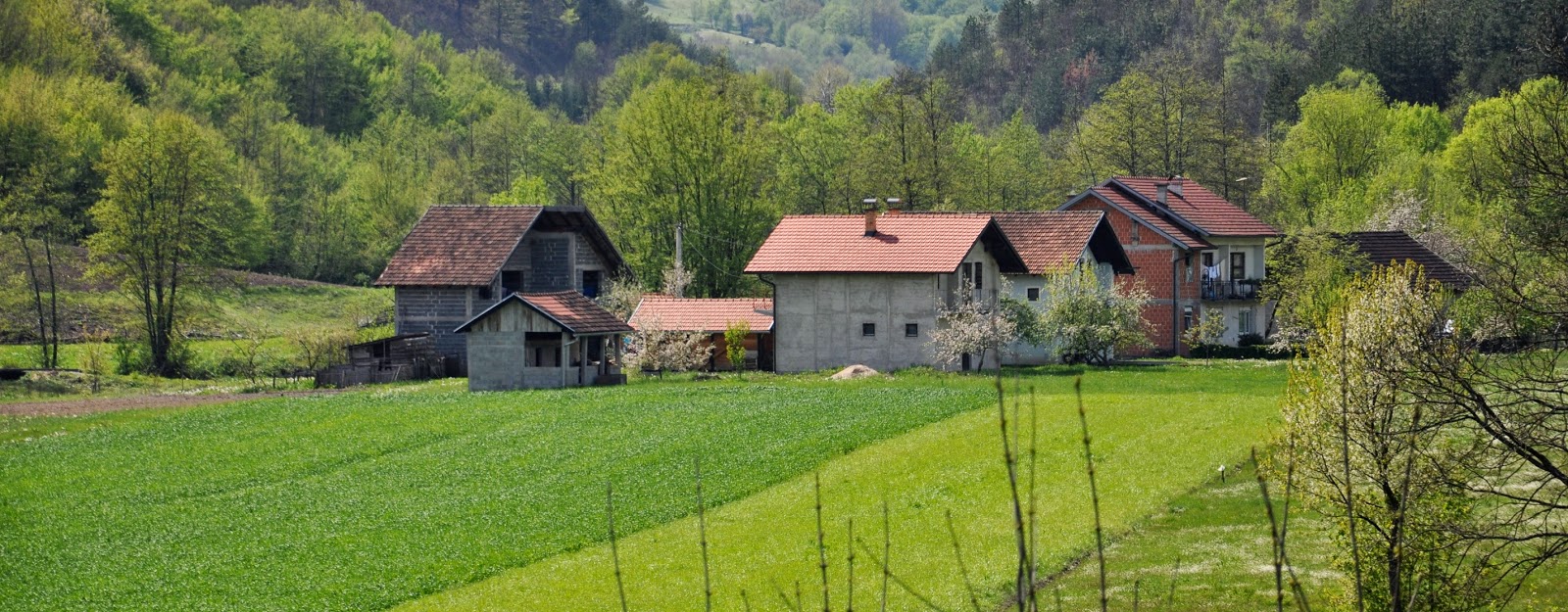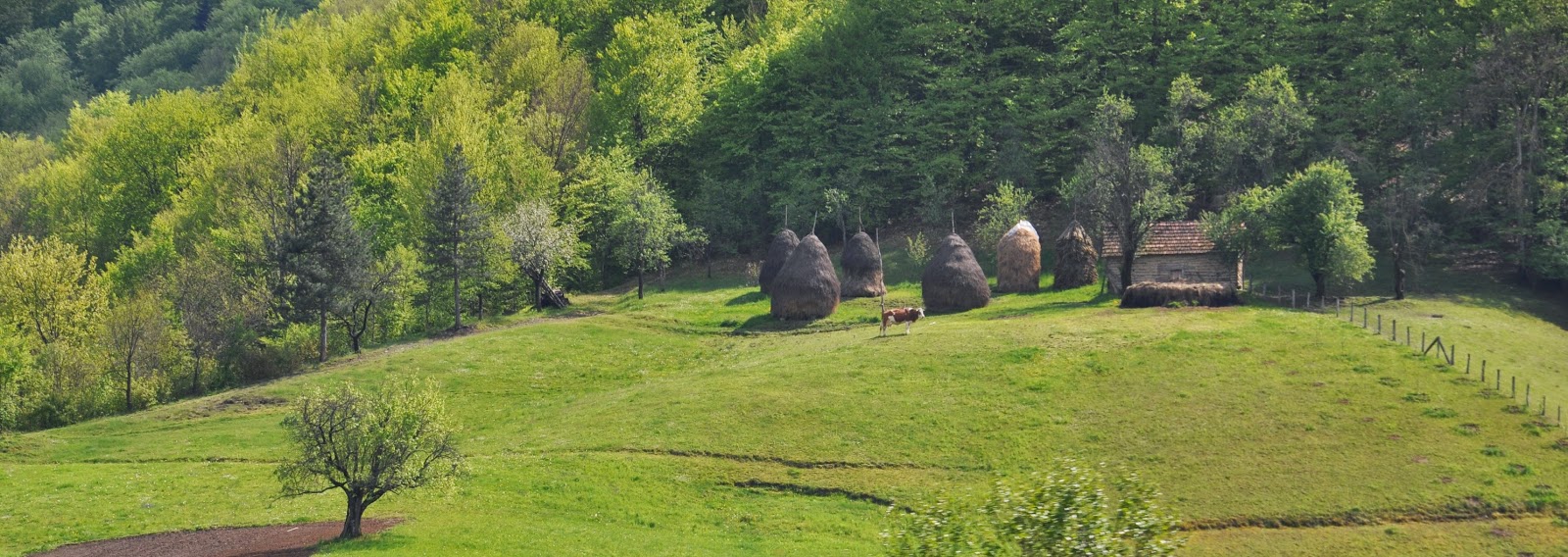Cinquante jours sur les routes de l'ex-Yougoslavie ...
CROATIE
Capitale : Zagreb
Population : 4 285 000 hab
Superficie : 56 594 km2
Monnaie : kuna (HRK)
Langue officielle : Croate
Déclaration d'indépendance de la Yougoslavie : 25 juin 1991
Reconnaissance internationale : 15 janvier 1992
Par le train de Munich à Zagreb en Croatie, par la Bavière, l'Autriche occidentale et la Slovénie.
 |
Quelque part en Slovénie
|
 |
Train station in Slovenia
|
 |
ZAGREB
|
 |
Ban-Jelacic Square
|
 |
Church of St. Mark (13th century)
|
 |
Dubrovnik
|
 |
Situated on the southern Adriatic coast, Dubrovnik occupies a promontory jutting into the sea under the bare limestone mass of Mt. Srdj. The sea fortifications rise directly from the water's edge, and a massive round tower dominates the city on the landward side.
The walls, 1940 m in length, mostly a double line, have long been the pride of Dubrovnik. It includes three forts, 16 towers, 6 bastions, 2 corner fortifications and 2 citadels. Dubrovnik is completely surrounded with defensive walls and forts, including the old port.
|
 |
along the coast, south of Dubrovnik
|
 |
a street in the Old Town
|
 |
The Stradun
The Stradun, or main street, about 300m long, with beautiful late-Renaissance houses on each side.
|
 |
| St. Blasius Church |
Dubrovnik Cathedral
 |
The city was founded as Ragusium in the 7th century A.D by Roman refugees fleeing the Slav sack of Epidaurus, just to the south-east. After the fall of Rome, Dubrovnik was ruled by Bizantium. From the 9th to the 12th century, it defended itself against foreign powers but in1205-1358 it acknowledged Venetian suzerainty, though keeping much of its independence.
In 1667, an earthquake destroyed a considerable portion of the city, and about one-fifth of the inhabitants perished.
Dubrovnik surrendered to Napoléon's forces upon Napoléon's arrival in 1806, due to the danger of Russian occupation of the city. The Congress of Vienna (1815) gave Dubrovnik to Austria; in 1918, it was incorporated into Yugoslavia.
After multi-party elections in october 1990 which toppled the communist regime of Yugoslavia, the independent Republic of Croatia was created.
|
 |
|
No motor vehicles are allowed inside the walls, and, except for the Stradun, the old city is a maze of picturesque narrow streets, many of them steep and twisting.
 |
Artwork at the Dubrovnik Synagogue.
A decision of the Dubrovnik government dating from 1546 permitted the settling of Jews within the city walls. In this way, a ghetto was founded in Zudioska street, with a synagogue dating from 1662 which has been preserved to the present day and is one of the oldest in Europe. It houses a museum with a series of religious items.
|
 |
The Island of Lokrum
This beautiful, small, green island is an is associated with many legends like the one that King Richard the Lion-Hearted found refuge here after a shipwreck when returning home from the Crusades.
|
 |
Mlini church
Cavtat
|
 |
Monastery of Our Lady of the Snow
|
The monastery was founded in 1484 and built over the course of the 15th and 16th centuries.
 |
The original city was founded by the Greeks in the 6th century B.C under the name of Epidauros.
|
 |
Mithraeum
A Mithraeum is a shrine dedicated to the ancient Persian God Mithras whose cult was widespread in this region from the 2nd until the 4th centuryA.D. This one in Mosici is one of the most beautiful in Dalmatia. The relief of the cult image of Mithras killing the bull and facing east is carved in live rock.
|
Carnival in Cavtat by Vlaho Bukovac (1900)
Sunset on the Adriatic
Et le voyage continue ...
And the journey continues ...
nomadensolo@gmail.com

































































Aucun commentaire:
Enregistrer un commentaire